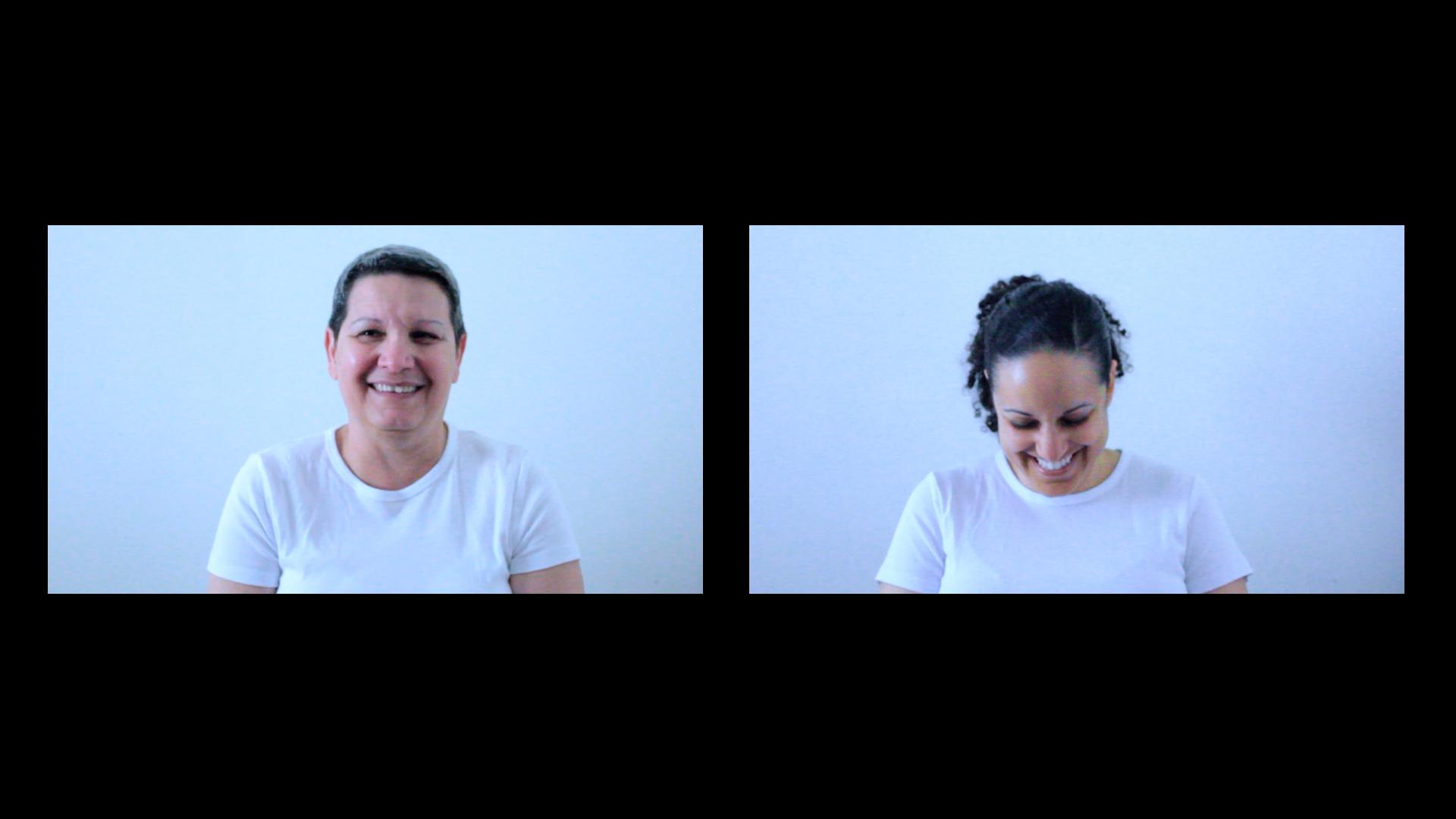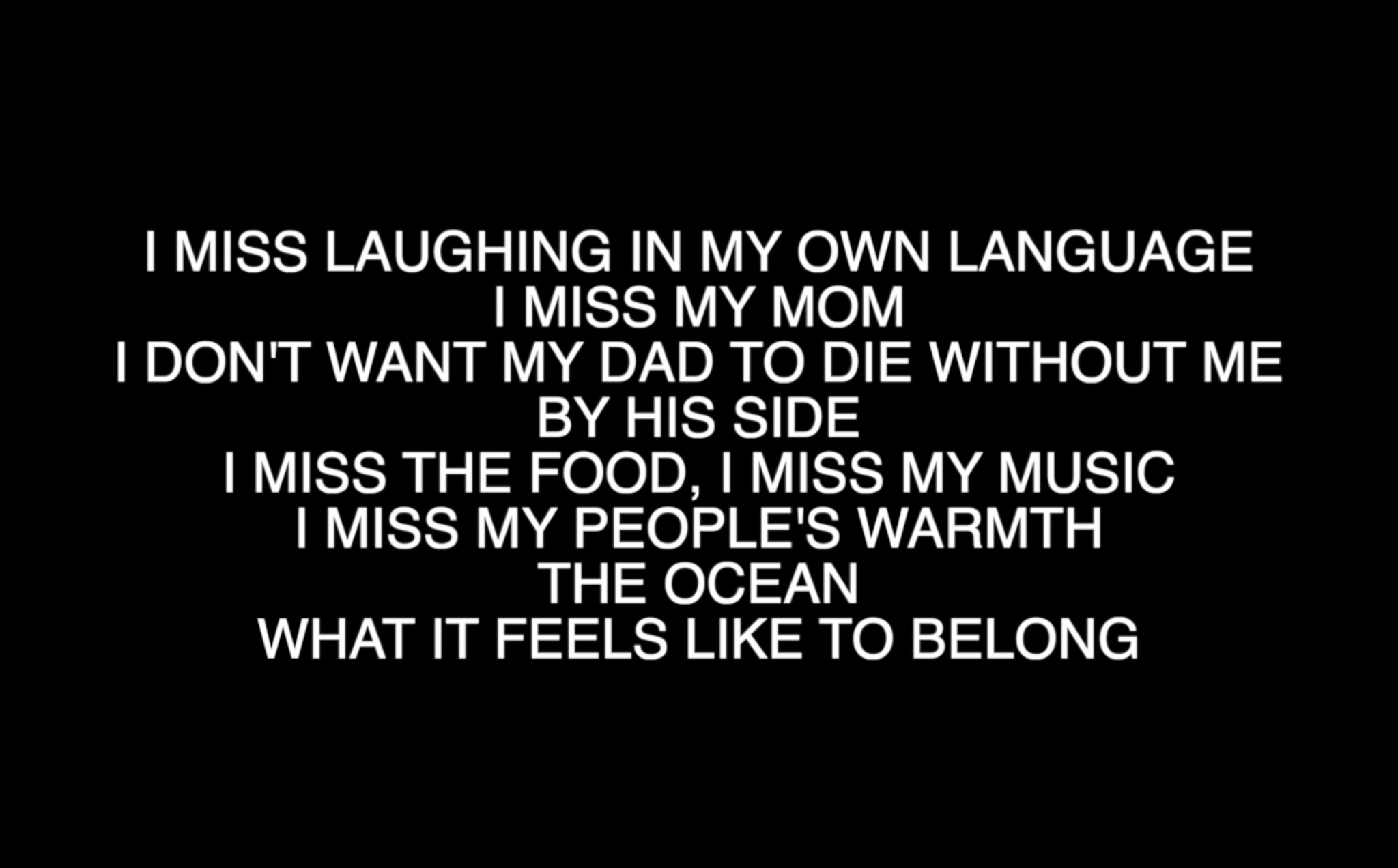The Immigrant Artist Biennial 2023 Names 48 Artists and a DACA and Undocumented Artist Panel at Brooklyn Museum


For its second edition, The Immigrant Artist Biennial 2023: Contact Zone released a statement yesterday announcing that they will feature 48 artists across multiple venues in New York and New Jersey from September through December 2023. The biennial advertises itself as a curatorial platform “where cultures clash and merge” and is co-curated by Bianca Abdi-Boragi, Katherine Adams, and Anna Mikaela Ekstrand. Abdi-Boragi comments, “I hope that using Mary Louise Pratt’s concept of the contact zone as a site prepares the audience that its outcome is based on its participants (artworks, artists, visitors, and media) and how they relate to and dialog with each other.”
2023 artists are: Erika DeFreitas, Pritika Chowdhry, Maria Kulikovska, Rafael Yaluff, Golnar Adili, Keli Safia Maksud, Mila Panic, Jovencio de la Paz, Marcelo Brodsky, Young Joo Lee, Slinko, Emilio Rojas, Kathie Halfin, Francesco Simeti, Carlos Franco, Masha Vlasova, Umber Majeed, Keren Anavy, Sanié Bokharie, Sa’dia Rehman, Magdalena Dukiewicz, Jonathan Ojekunle, Bonam Kim, Mia Enell, Coralina Rodriguez-Meyer, Ala Dehghan, Felipe Baeza, Alexander Si, Nida Sinnokrot, Raul de Lara, Joiri Minaya, Selva Aparicio, Lilian Shtereva, Nyugen Smith, Anina Major, Tariku Shiferaw, Dominique Duroseau, Anna Ting Möller, Linnéa Gad, Maya Hayuk, Leila Seyedzadeh, Nicholas Oh & Ayoung Justine Yu, Jamie Martinez, Neema Githere, Juna Skënderi, Ana Armengod, and Christopher Unpezverde Núñez.

Continuing its mission to shed light on U.S. systemic immigrant experiences, the biennial will organize a panel that gives voice to DACA-recipient and undocumented artists at Brooklyn Museum during the museum’s Free First Saturday on October 7th, 2023. Christopher Unpezverde-Núñez, who performed at the opening of the biennial’s previous edition, is among the artists who will speak at the panel that will be moderated by danilo machado the museum’s Producer of Public Programs. Fittingly, machado has a deep engagement with the topic through speaking engagements, art-making, curation, and writing including his essay “To be visible.” The event marks the first major New York museum to host a panel surrounding questions that affect these vulnerable groups whose experiences are often erased or hidden from public discourse in different ways.
Artists who are or have been undocumented, or make work on the topic, featured in the biennial are Felipe Baeza, whose work was in Milk of Forgotten Dreams at the 59th Venice Biennale. Baeza was also in “The Art of Making It” where he spoke about his immigrant status; the bold documentary follows the career of four artists’ and attempts to uncover systemic injustices within and the economics of the art world to the viewer. Bulgarian artist Lilian Shtereva, Raul De Lara, whose work is currently on view in Aspen through a collaboration with Hermés, Ana Armengod, Juna Skënderi, and performance artist Emilio Rojas, are others.
Touching on many topics, the biennial will host group exhibitions, solo presentations, and public programs that “employ storytelling, embodied memory, and projections of diasporic futures” to explore concepts of home, feminism, geopolitics, armed conflict, human rights, ecology, and various supportive cross-sectional communities. Programming will take place at EFA Project Space, NARS Foundation, Accent Sisters, Alchemy Gallery, Artists Alliance, Wendy’s Subway, and Brooklyn Museum. Now that the Venice Biennale has announced the theme for their next biennial curated by Adriano Pedrosa titled “Foreigner’s Everywhere”—with a ”focus on artists who are themselves foreigners, immigrants, expatriates, diasporic, émigrés, exiled, and refugees”—it will be exciting to see what this decidedly smaller biennial that has been focusing on these artists and their experiences since its inception in 2020 brings to the growing curatorial discourse.
Follow updates on The Immigrant Artist Biennial’s Instagram account.
You Might Also Like
The Immigrant Artist Biennial Offers a Lesson in Perseverance
An Intimate Sense of Dislocation: Warsza’s Roma Pavilion in Venice and an Itinerant Friend
The Nordic Pavilion Revives Discussion About Communal Living

